I've seen plenty of businesses achieve their growth goals and plenty more stall out. It's rarely a matter of sheer effort or luck. The difference between explosive growth and stagnation often lies in positioning.
Positioning is the art and science of defining how you're different from competitors, who your ideal customer is, and what makes you the best solution for their problem. It's like staking out a unique spot on the map and shouting loud enough for the right people to hear you over all the noise out there.
Think about some of the SaaS giants:
- Salesforce: They didn't invent CRMs, but they positioned themselves as the undisputed leader in cloud-based customer relationship management.
- HubSpot: Inbound marketing wasn't their idea either, but they carved out an entirely new category and continue to dominate it.
These brands nailed their positioning, and it propelled them to success. So, how can your SaaS company learn from their example and do the same? Let's dive in with some advanced lessons.
1. Stop Selling Features, Start Selling Outcomes
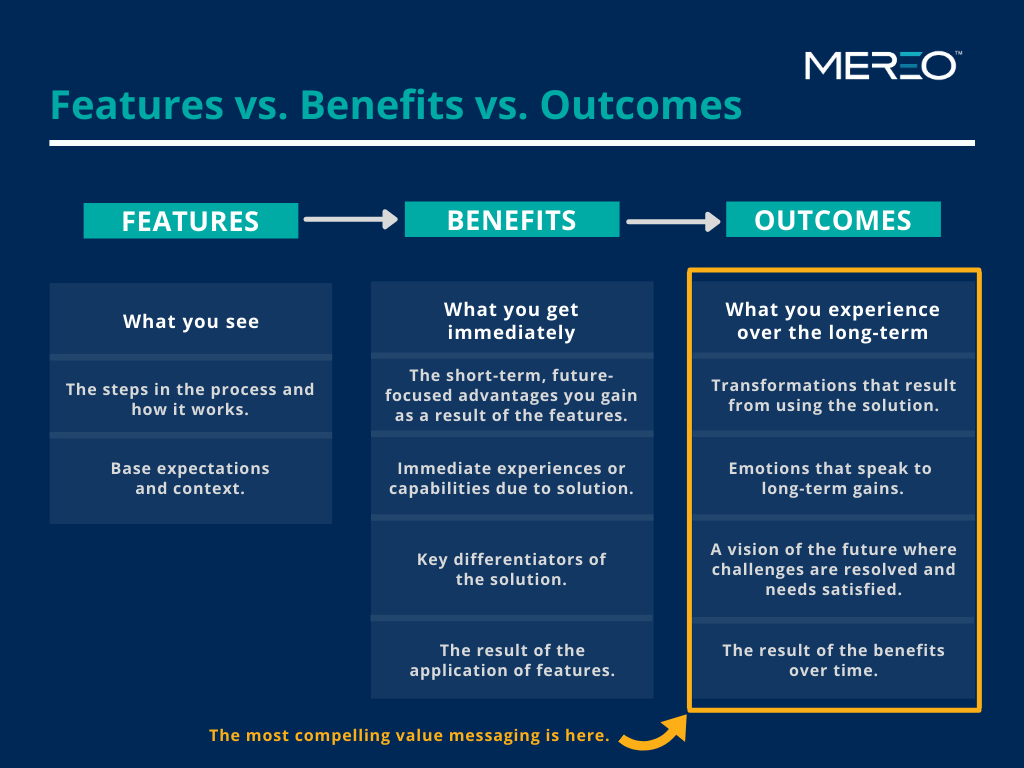
Here's where a lot of SaaS businesses stumble. They focus their messaging on a laundry list of features. While features are important, customers ultimately want results.
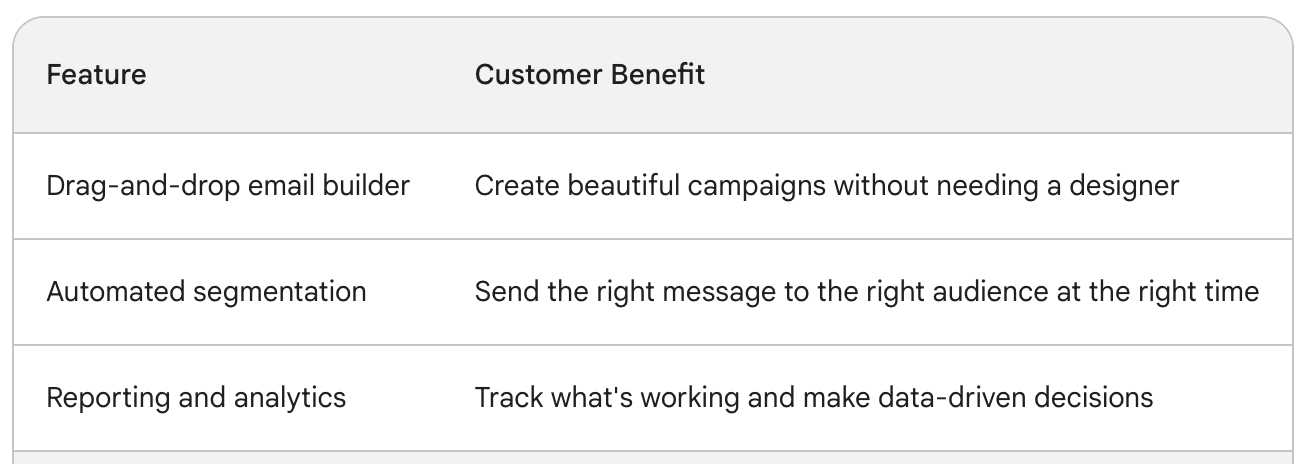
Let's imagine you have a SaaS solution for email automation. Don't lead with “drag-and-drop email builder” or “dynamic segmentation.” Instead, focus on:
- “Generate 30% more qualified leads with targeted nurture campaigns”
- “Save 15 hours per week on routine email tasks”
- “Increase customer retention with personalized re-engagement sequences”
By highlighting the outcomes your product delivers, you create a much more compelling value proposition.
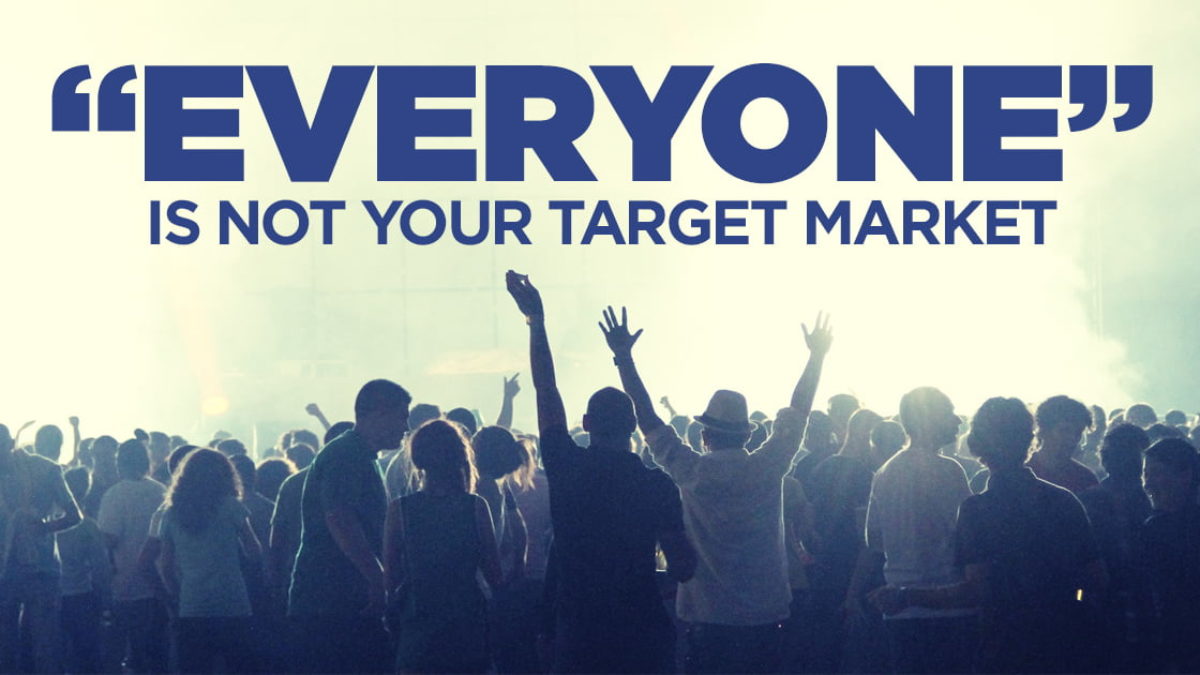
2. Understand That “Everyone” Isn't Your Target Market
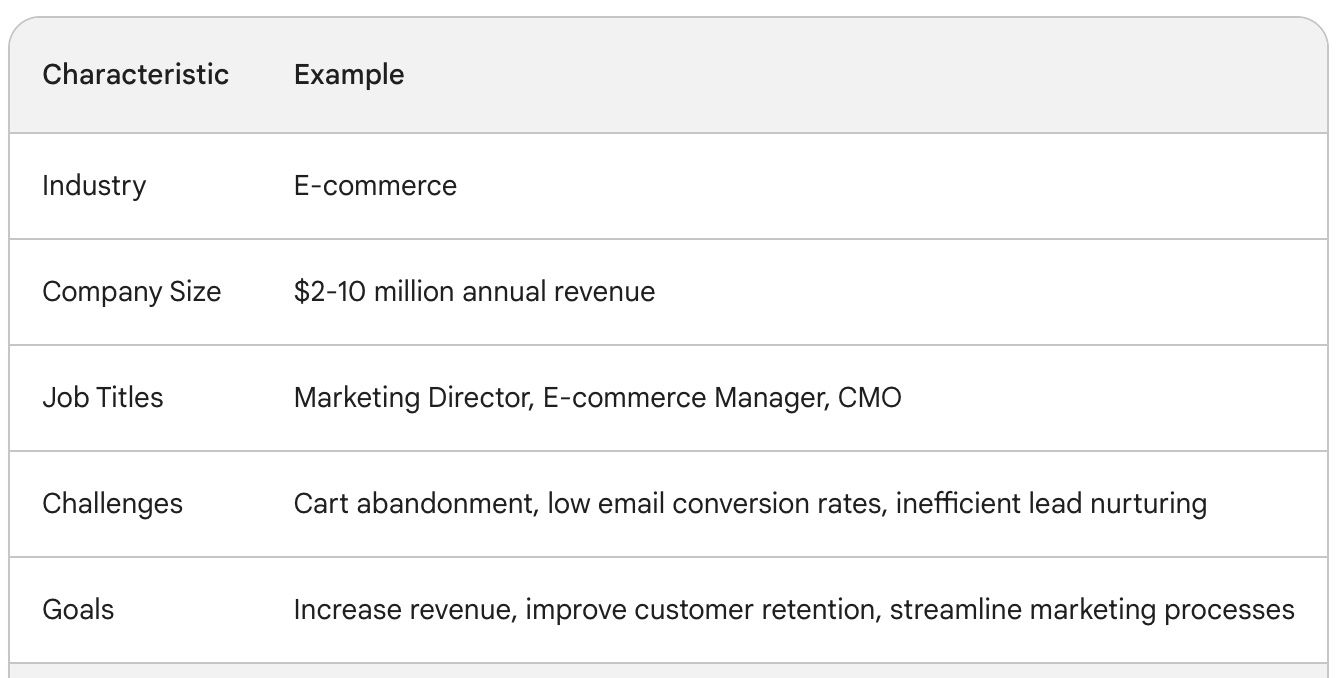
Attempting to appeal to everyone is the fastest way to bland, ineffective messaging. And in a crowded SaaS market, bland gets lost.
The solution? Embrace a niche. This might sound counterintuitive; after all, doesn't narrowing your focus mean a smaller potential customer base? Yes and no. While the total pool gets smaller, your percentage of that pool who are highly likely to buy increases exponentially.
Let's stick with the email automation example. Don't try to be everything for everyone. Instead, you might serve:
- E-commerce businesses with a focus on abandoned cart recovery
- Course creators looking to nurture and sell online programs
- B2B companies needing complex lead qualification flows
You'll be able to speak directly to their pain points, use their language, and demonstrate that you understand their unique challenges. This leads to higher conversion rates and ultimately, faster growth.

3. The Problem is the Hero, Not Your Product
Many businesses make the mistake of positioning their product as the central hero of their marketing stories. While your SaaS is fantastic, the real hero is the problem it solves.
Take a step back and examine the core struggles your target customer faces:
- Are they losing revenue due to inefficient processes?
- Are leads slipping through the cracks because they aren't followed up with swiftly enough?
- Is customer churn a problem because of a lack of engagement?
Frame your messaging around these problems, and your SaaS becomes the trusty sidekick that helps the customer overcome the obstacles and achieve their desired outcome.
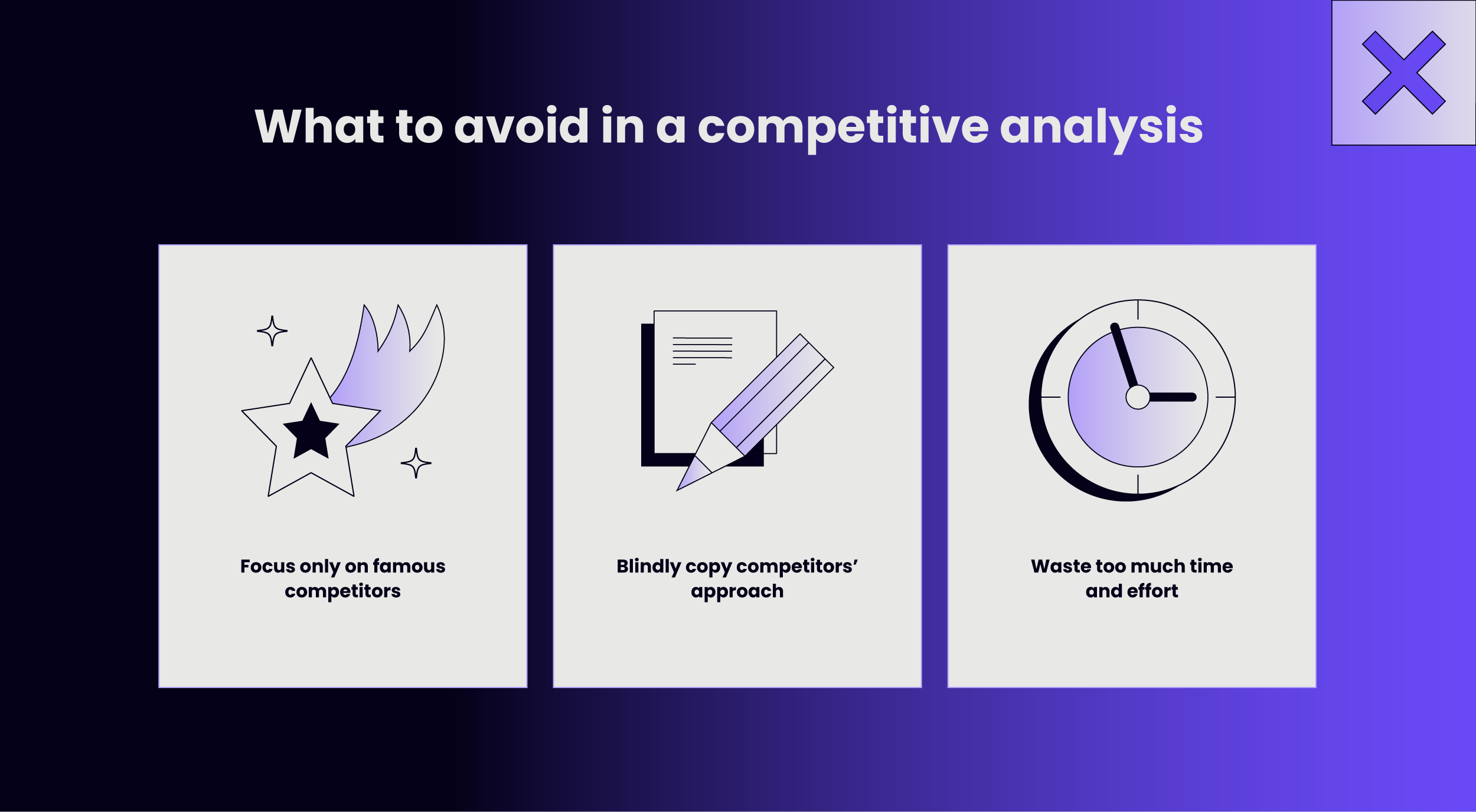
4. Competitive Analysis is Not About Copying
Keeping an eye on competitors is smart, but if your goal is simply to replicate what they're doing, you're still going to get lost in the noise.
The goal of competitive analysis should be to find and fill the gaps. Ask yourself:
- What are the competitor's weaknesses? (pricing, onboarding, customer support, etc.)
- Where is the market underserved?
- Are there emerging trends you can capitalize on more quickly than the competition?
Differentiation is key. This could be through a unique take on pricing (think freemium models versus traditional subscriptions), focusing on superior customer service, or building a strong brand personality that stands out.

5. Speak Your Customer's Language (Literally)
| Pain Point / Problem | Exact Customer Quotes |
|---|---|
| Inefficient lead nurturing | "I'm constantly chasing leads that go cold." "Our sales team wastes time on unqualified prospects." |
| Low conversion rates | "We get decent traffic, but not enough people actually buy." "Our email campaigns feel impersonal and don't get much engagement." |
| Cart abandonment | "It's frustrating to see so many people add to cart but not complete the purchase." "We need a way to win back those almost-customers." |
It's tempting to use industry jargon and technical terms to sound authoritative. However, if the customer doesn't understand you, you've lost them.
Use the same words and phrases your customers use to describe their problems and goals. How do they talk about their challenges within their teams? What terms do they search for online?
Here are a few ways to get this intel:
- Customer interviews: Nothing beats direct conversations. Ask about their pain points and successes in their own words.
- Online forums and communities: Where does your target market hang out? What discussions are they having?
- Keyword research tools: Tools like Semrush or Ahrefs show you what search terms people are using and provide insight into their intent.
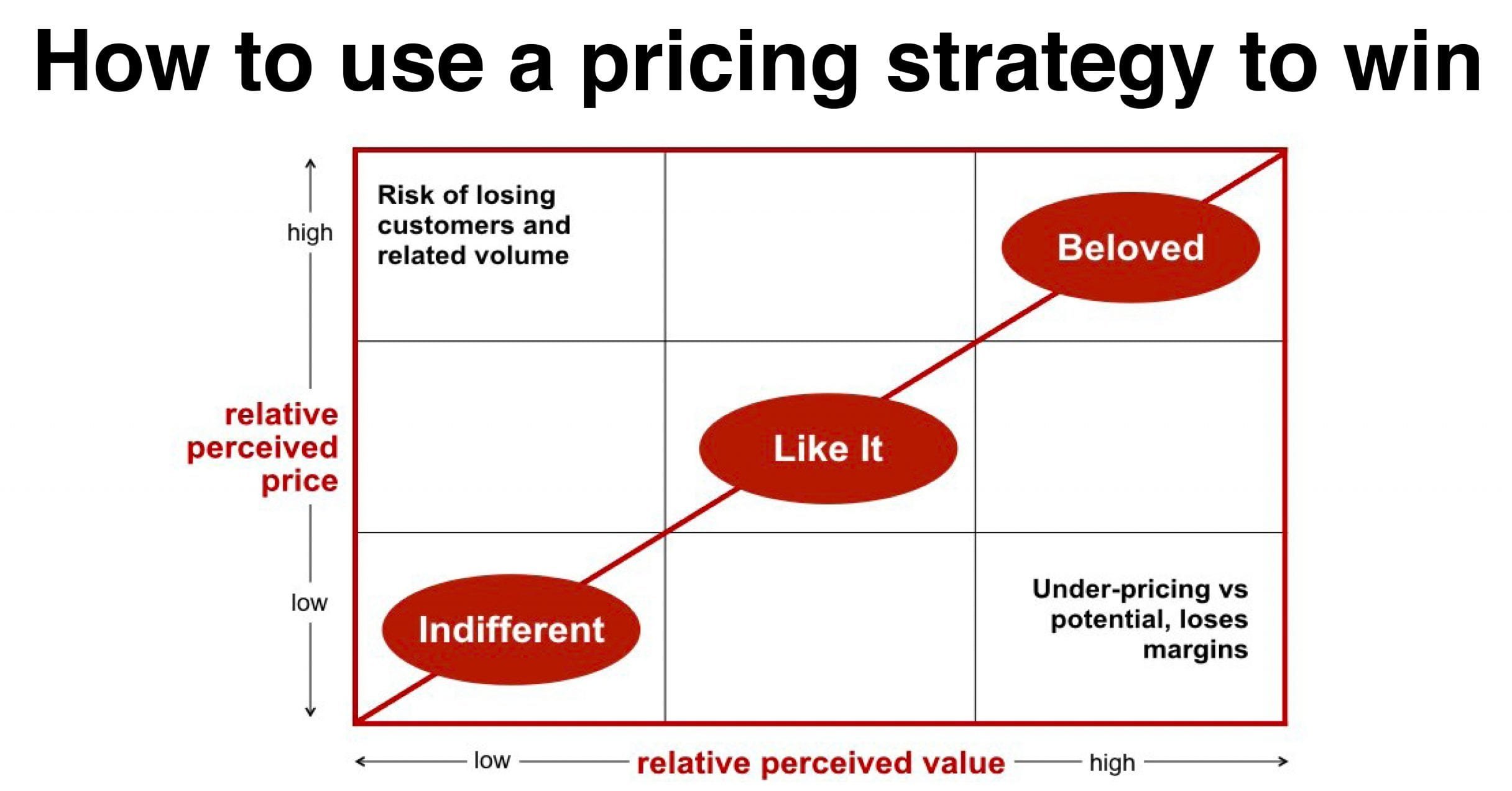
6. Pricing as a Part of Positioning
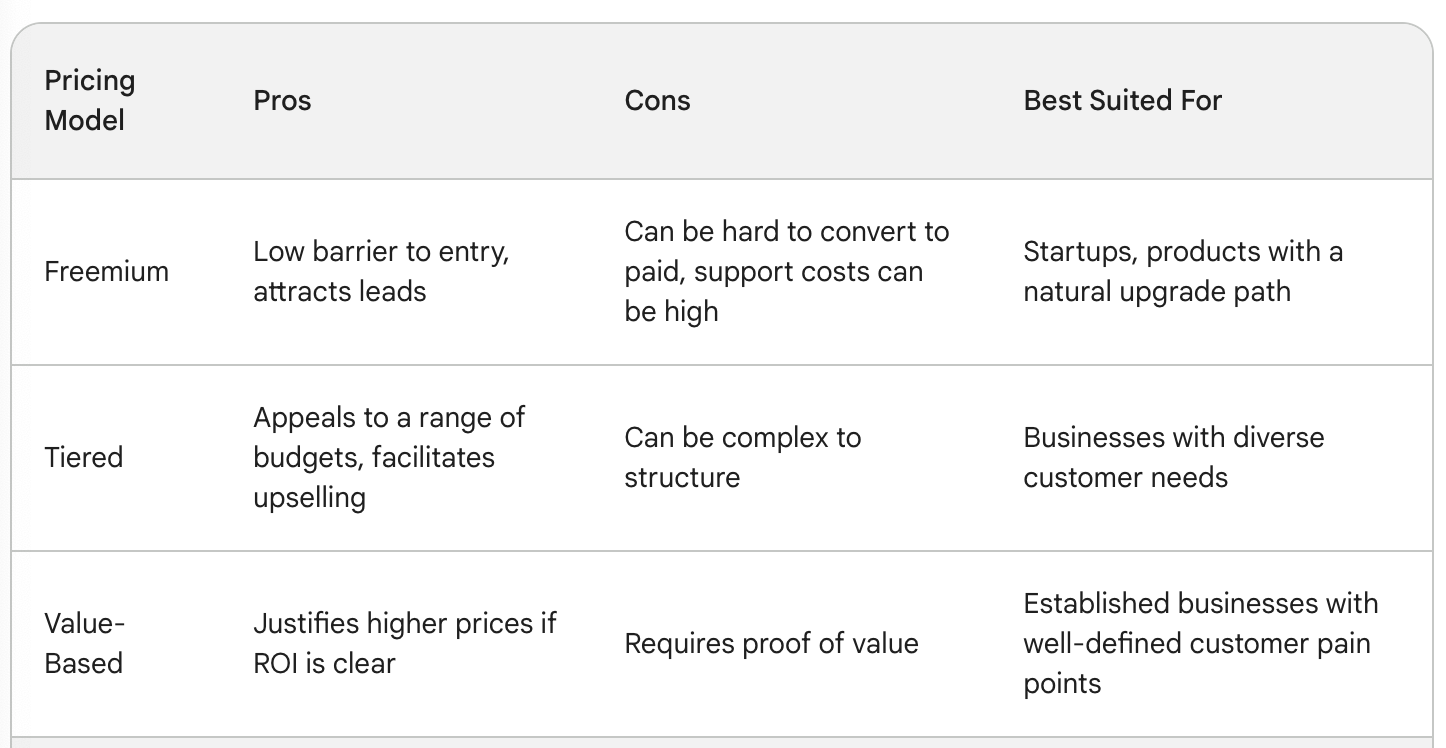
Pricing isn't just about profit margins; it's a core element of your positioning. Here are a few strategic ways to think about pricing:
- Value-based pricing: Instead of pricing based on your costs, price based on the value you provide to customers. If you can confidently show an ROI, you can charge more.
- Tiered pricing: This is an excellent way to appeal to a wider market. Basic features at the entry-level, more robust offerings at higher tiers for bigger companies
- Freemium: Can be a powerful growth tactic, particularly when there's a natural path to paid plans. It lets users try before they buy, building trust.
No matter what model you choose, make sure your pricing aligns with your overall positioning. Your product (and the price) should feel like a natural fit for your target market.

7. Don't Neglect Brand as Part of the Equation
Strong positioning isn't just about messaging. Your overall brand – the visual identity, tone of voice, personality – plays a massive role.
Think about Mailchimp. Their playful, slightly irreverent brand voice sets them apart from their more buttoned-up competitors. Their brand is instantly recognizable, making them memorable.
Your brand should serve as shorthand for your positioning. When customers see your logo or hear your brand name, they should immediately have a sense of the value you provide and the type of company you are.
Putting Positioning Into Practice
If all of this feels a bit overwhelming, don't worry! Here's a simple exercise to kick-start your thinking:
| Question | Example for the Email Automation SaaS |
|---|---|
| What is the big problem you solve? | Inefficient lead nurturing and lost sales opportunities |
| Who is your ideal customer (be specific)? | E-commerce businesses in the $1-5 million annual revenue range |
| Why are you uniquely equipped to solve this problem? | Our deep understanding of e-commerce and powerful cart recovery integrations |
| What outcome can customers expect? | 20% increase in sales from abandoned cart recovery within 30 days |
| What are 3 words you want customers to associate with your brand? | Easy, reliable, results-driven |
This framework gives you a strong foundation. As you answer these questions, your unique positioning will start to come into focus.
Positioning is an ongoing process. Markets shift, competitors emerge, and customer needs evolve. It's essential to periodically revisit your positioning to ensure you're still in perfect alignment. By mastering the lessons above, you'll put your SaaS business firmly on the path to explosive growth.
FAQ
1. My SaaS product does have unique features. Why shouldn't I focus on those in my marketing?
While your features are important, focusing solely on them can backfire. Customers care less about the technical aspects of how you do something and more about what it will do for them. By shifting your message to focus on the outcomes your product delivers, you'll create a much more compelling and relatable message that speaks directly to customer needs.
2. I don't want to narrow my target market too much. Isn't 'more customers' always better?
It might seem counterintuitive, but niche targeting allows for laser-focused marketing. You'll speak the language of a specific type of customer, deeply understand their problems, and build stronger trust because they feel seen and understood. Trying to be everything to everyone often results in bland messaging that gets lost in the noise.
3. How do I figure out what my customer's biggest problems really are?
The best way is to talk to them directly! Conduct customer interviews, analyze customer support tickets, send out surveys, and observe where your target customers hang out online (forums, communities, etc.). Pay attention to the language they use when describing their frustrations and goals. This will provide invaluable insights into their true pain points.
4. I've looked at my competitors, but it seems like we're all offering similar things. How can I truly differentiate myself?
Dig deeper! Look for gaps in their offerings - is there a feature they're missing that your target market desperately needs? Are there customer service complaints you could rectify? Could you position yourself with superior onboarding or ongoing support? Even small differentiators can be powerful when you communicate them effectively.
5. How do I figure out the right words to use when describing my product and its benefits?
Customer research is key here! Mine reviews, testimonials, and online comments to see how your target audience describes their problems and desired solutions. Use their exact phrasing when possible, as it creates an immediate sense of relatability. Additionally, keyword research tools like Semrush or Ahrefs can help you discover search terms that indicate buying intent.
6. Can you give me a simple example of value-based pricing?
Let's imagine you have a social media scheduling tool. Instead of simply pricing per number of connected accounts, consider tiers like:
- Basic: Scheduling posts, limited analytics.
- Pro: Advanced analytics, collaboration features, competitor tracking
- Enterprise: Custom reporting, dedicated account manager.
Each tier offers increasing value tied to specific outcomes different types of customers are likely to want.
7. I'm starting a new SaaS product. Should I use a freemium pricing model?
It depends! Freemium can be powerful for gaining traction and building trust but has downsides. If your support costs are high, or it's difficult to nudge users to upgrade to paid plans, you might find it unsustainable. Thoroughly analyze your costs and your product's suitability for a path to paid before going the freemium route.
8. How important is brand personality for a SaaS company?
Incredibly important! Your brand personality sets you apart and creates a memorable connection with your audience. Consider: Are you approachable and friendly or sleek and highly professional? Injecting your brand voice into your website, marketing materials, and even customer support interactions adds a human element that resonates.
9. Isn't positioning just about the initial marketing? What if things change in my market?
Positioning is an ongoing process! Markets evolve, new competitors appear, and customer needs can shift. Periodically revisit your positioning (yearly or bi-yearly) to ensure you're still in perfect alignment with who you serve and the value you offer.
10. This all feels overwhelming. Where should I start to improve my SaaS positioning?
Start with defining your ideal customer in as much detail as possible. Once you truly understand your niche, the rest of your positioning—from messaging to pricing—will start falling into place.






